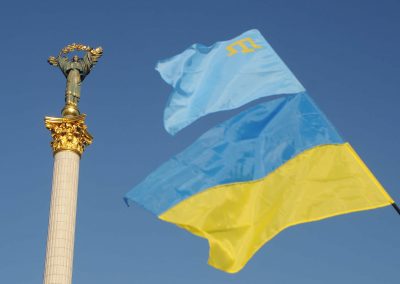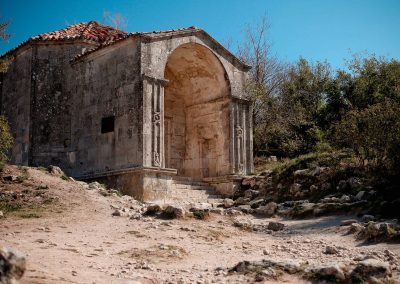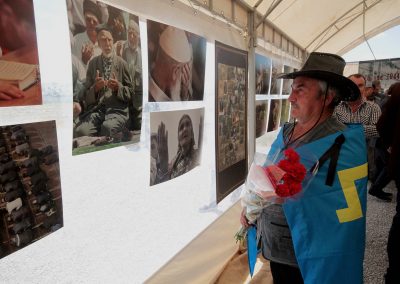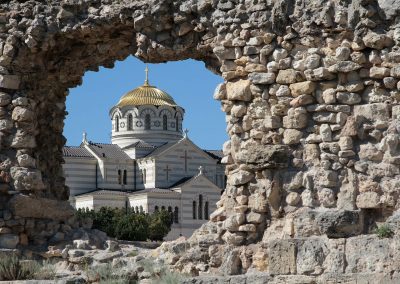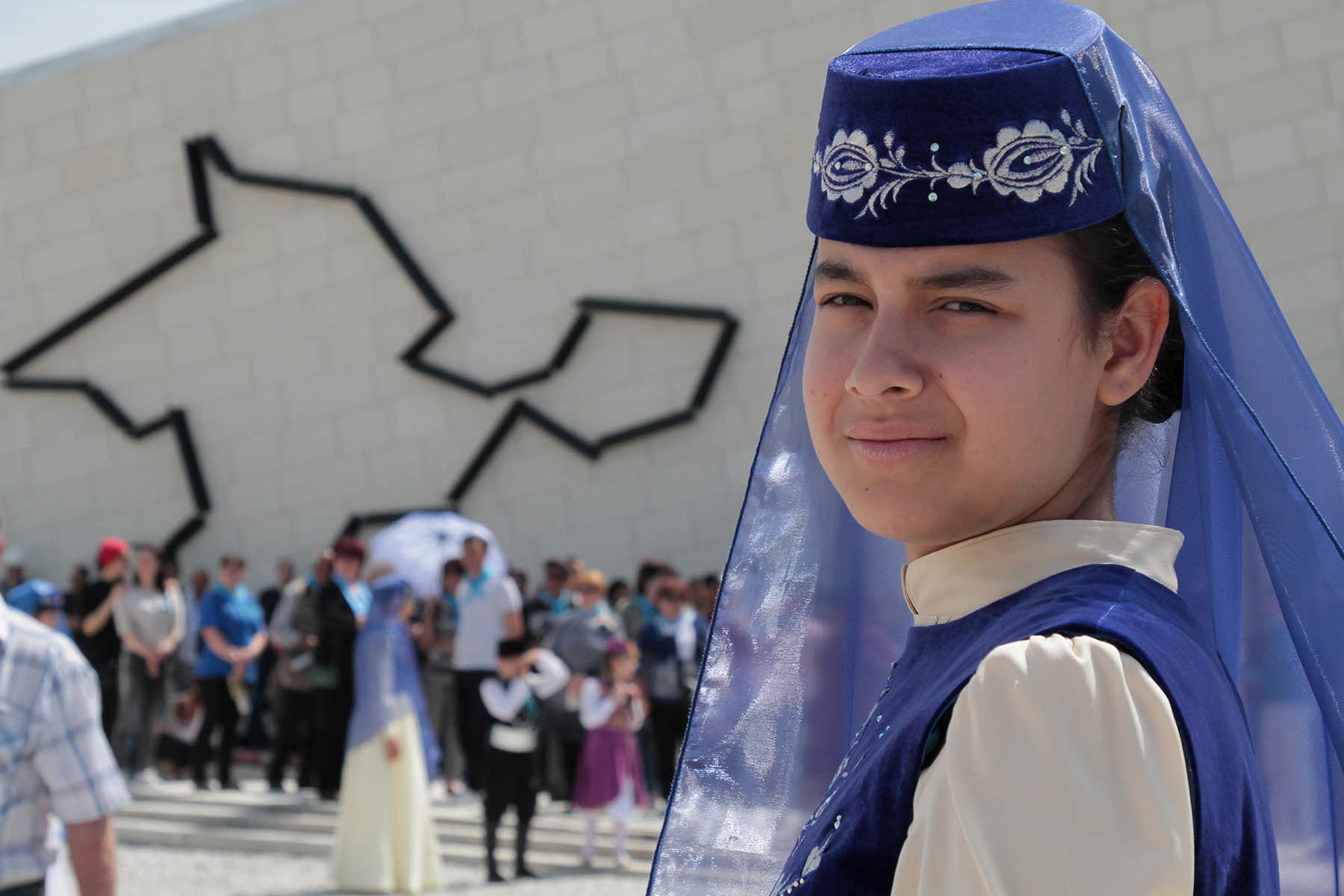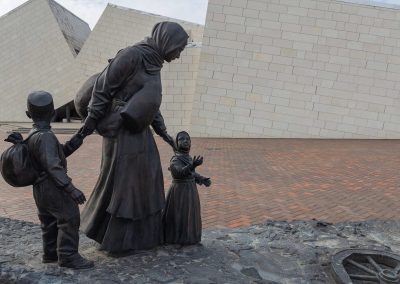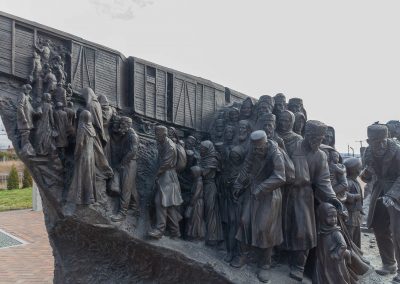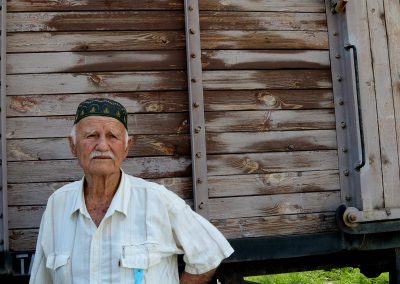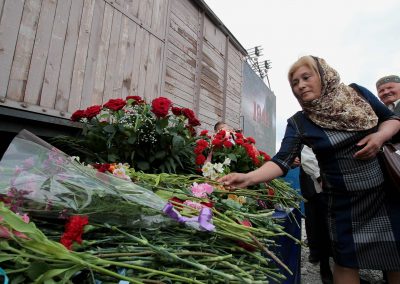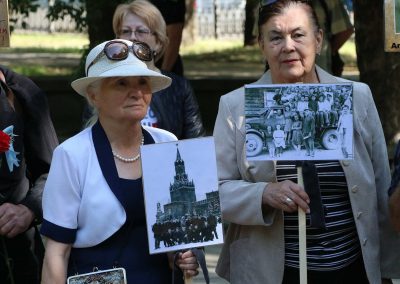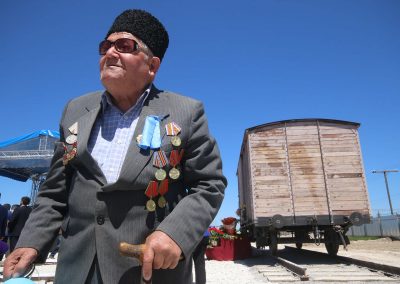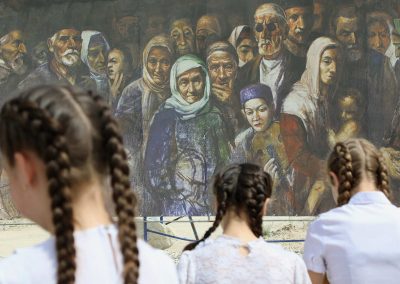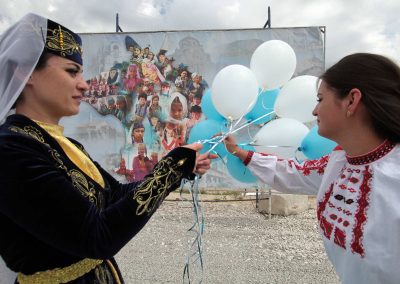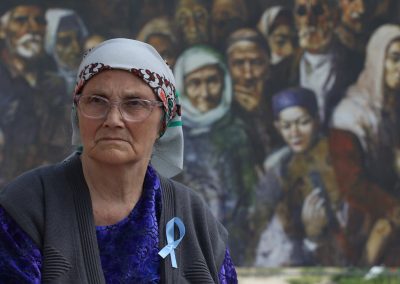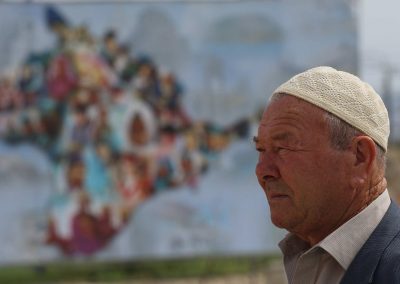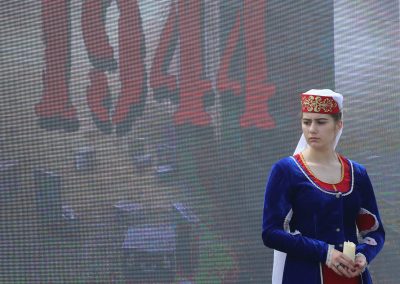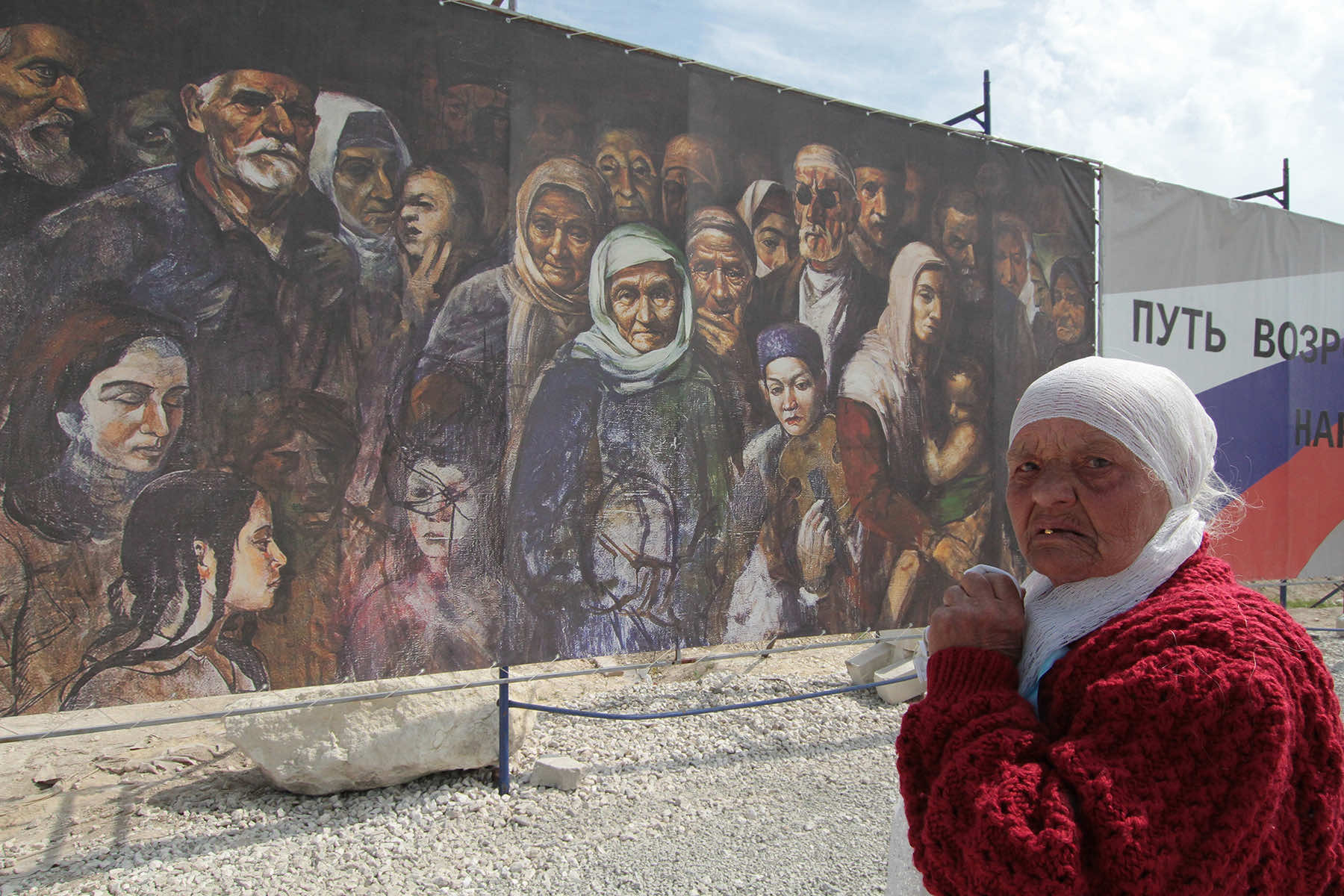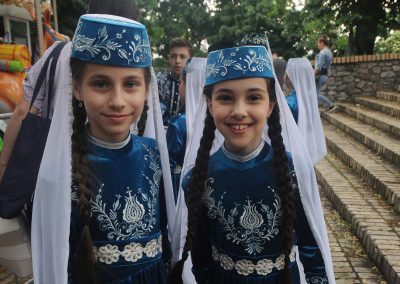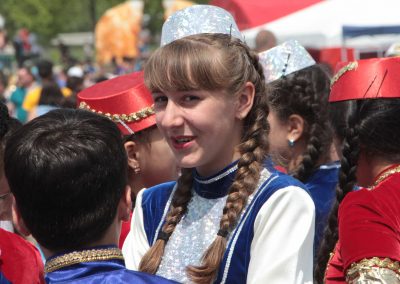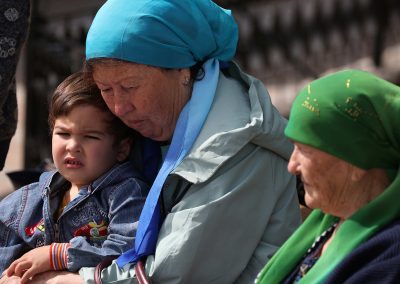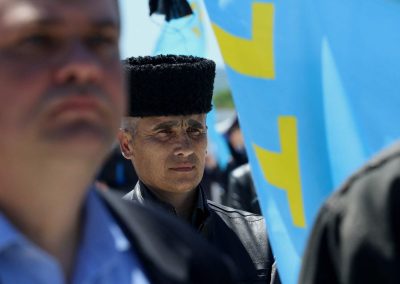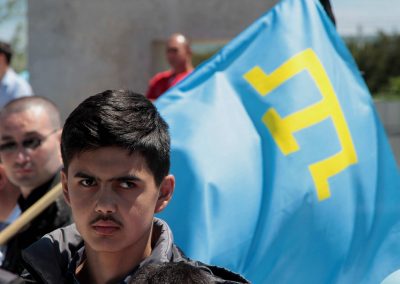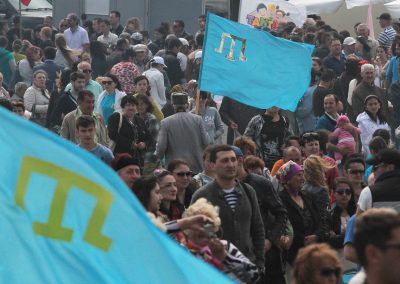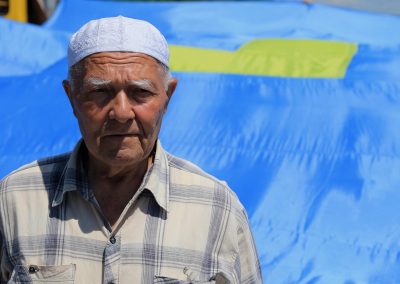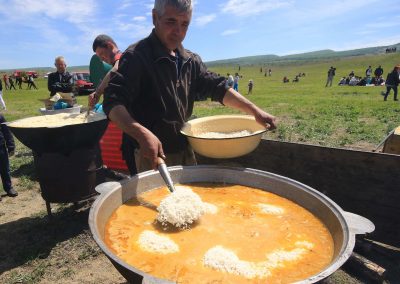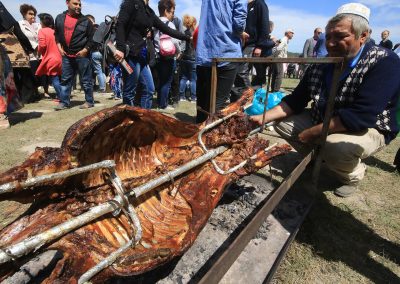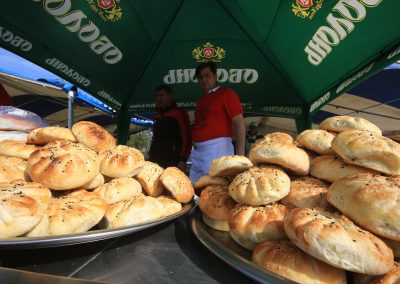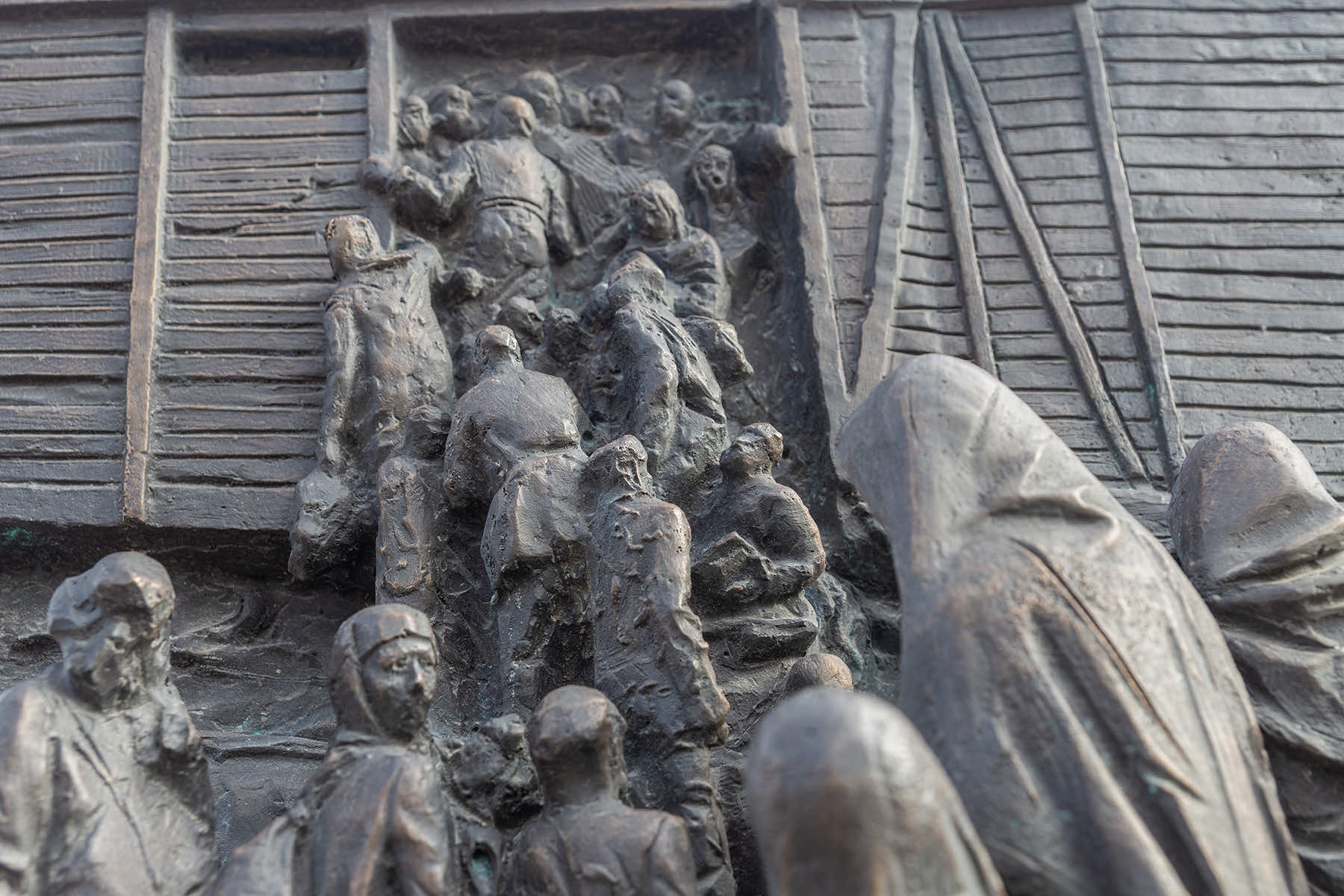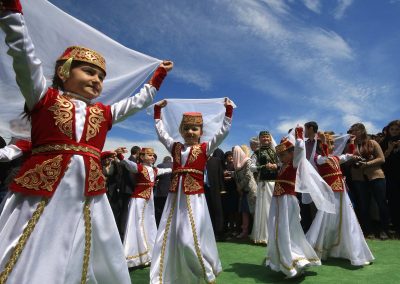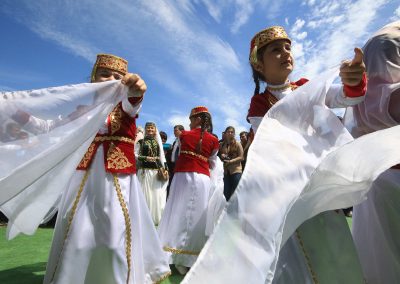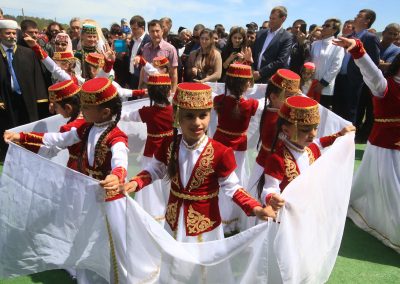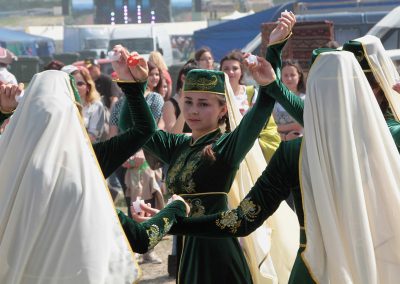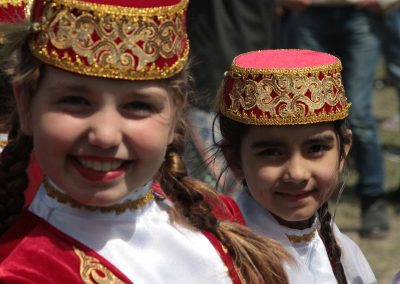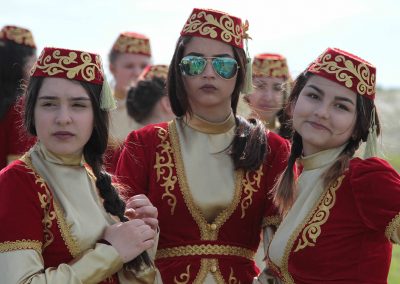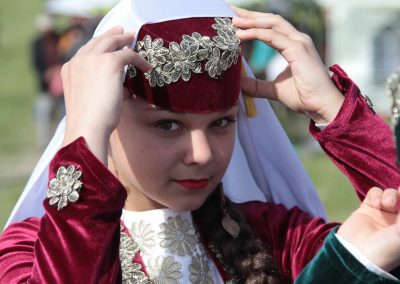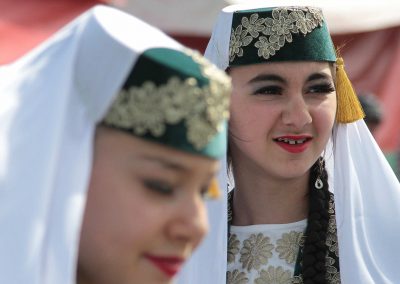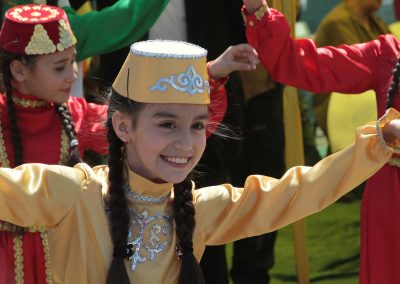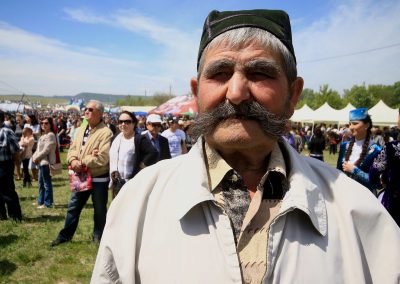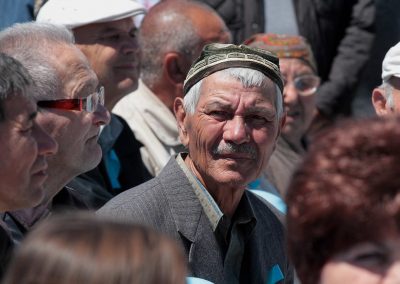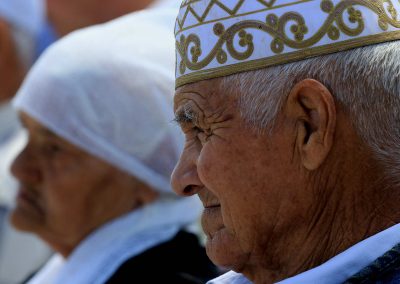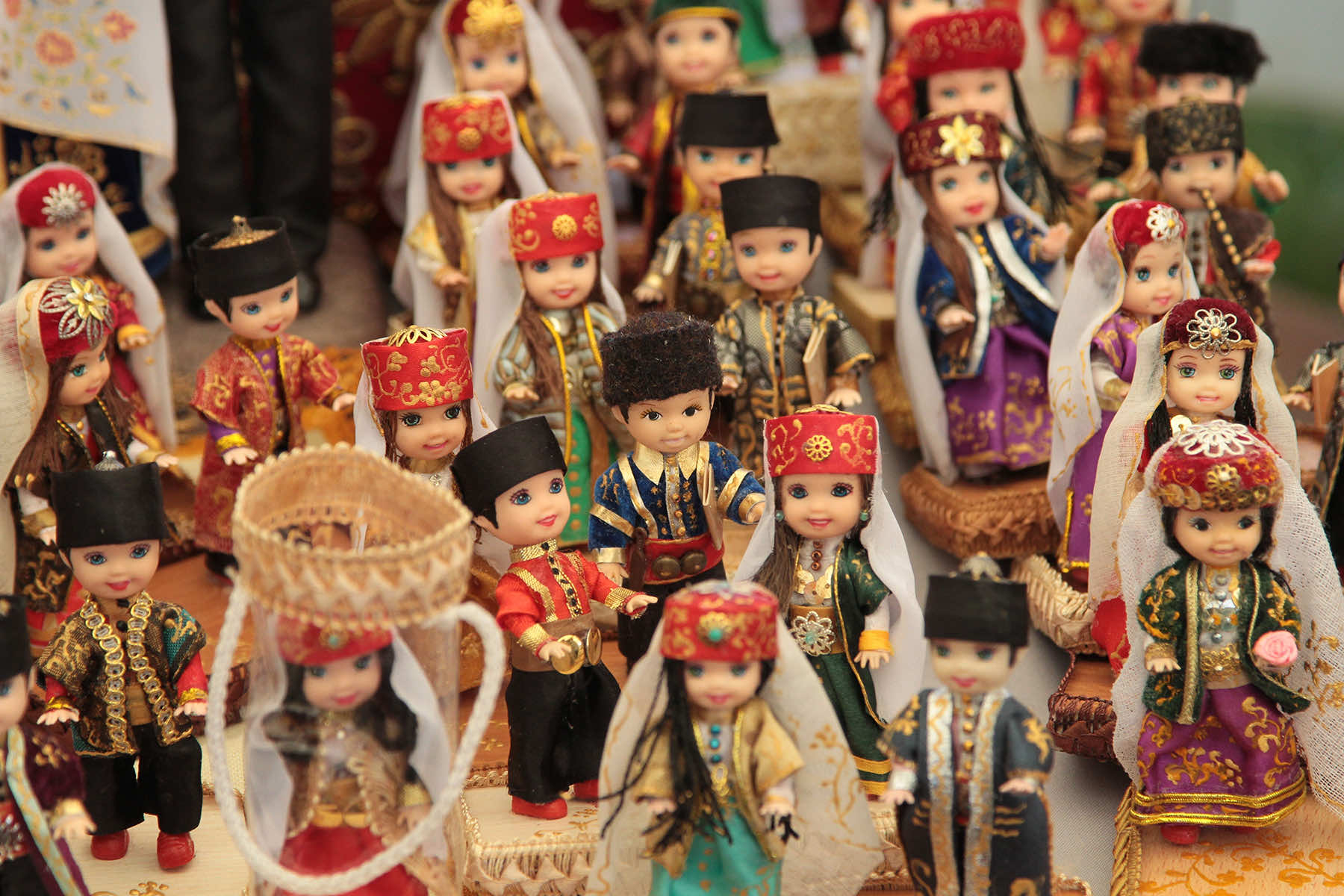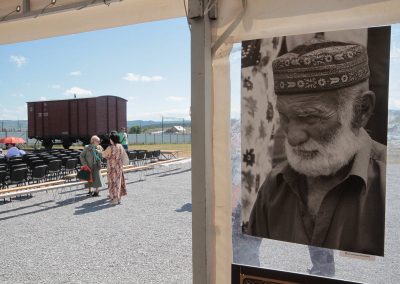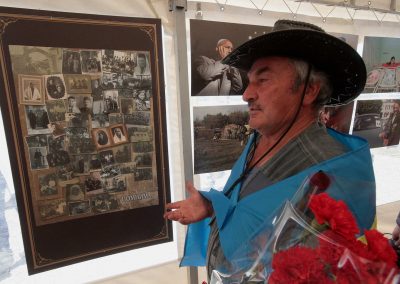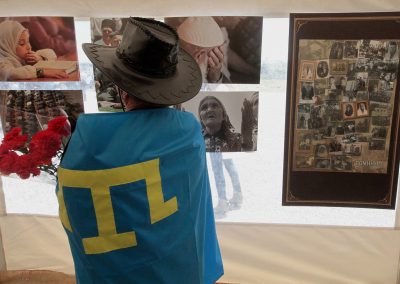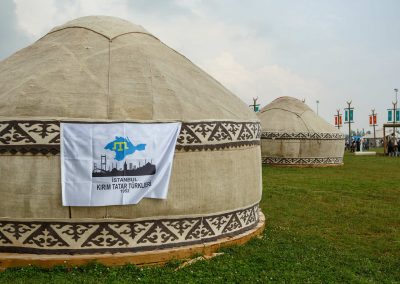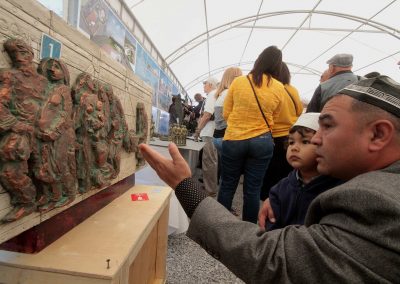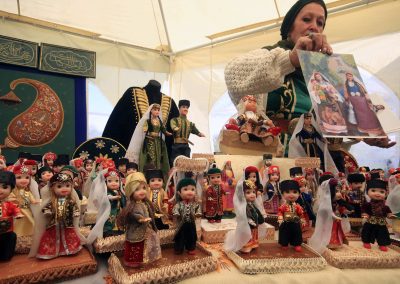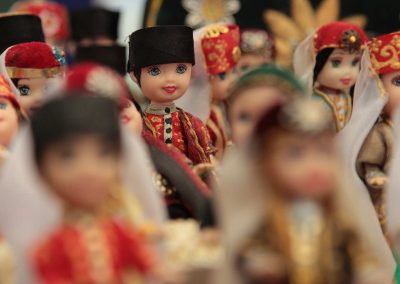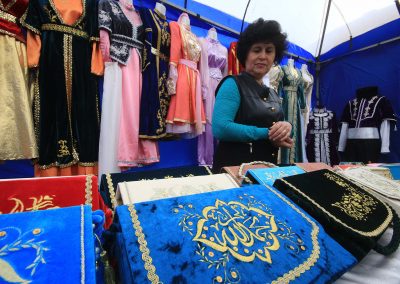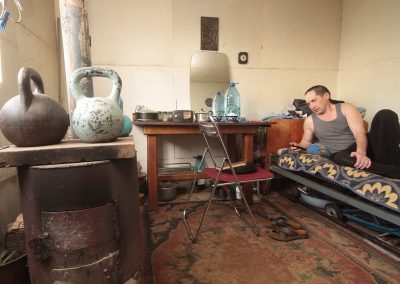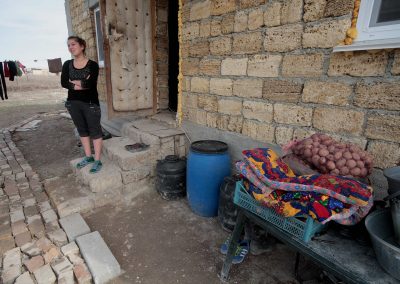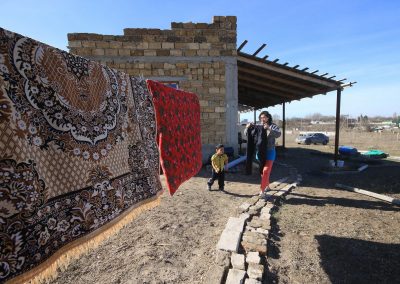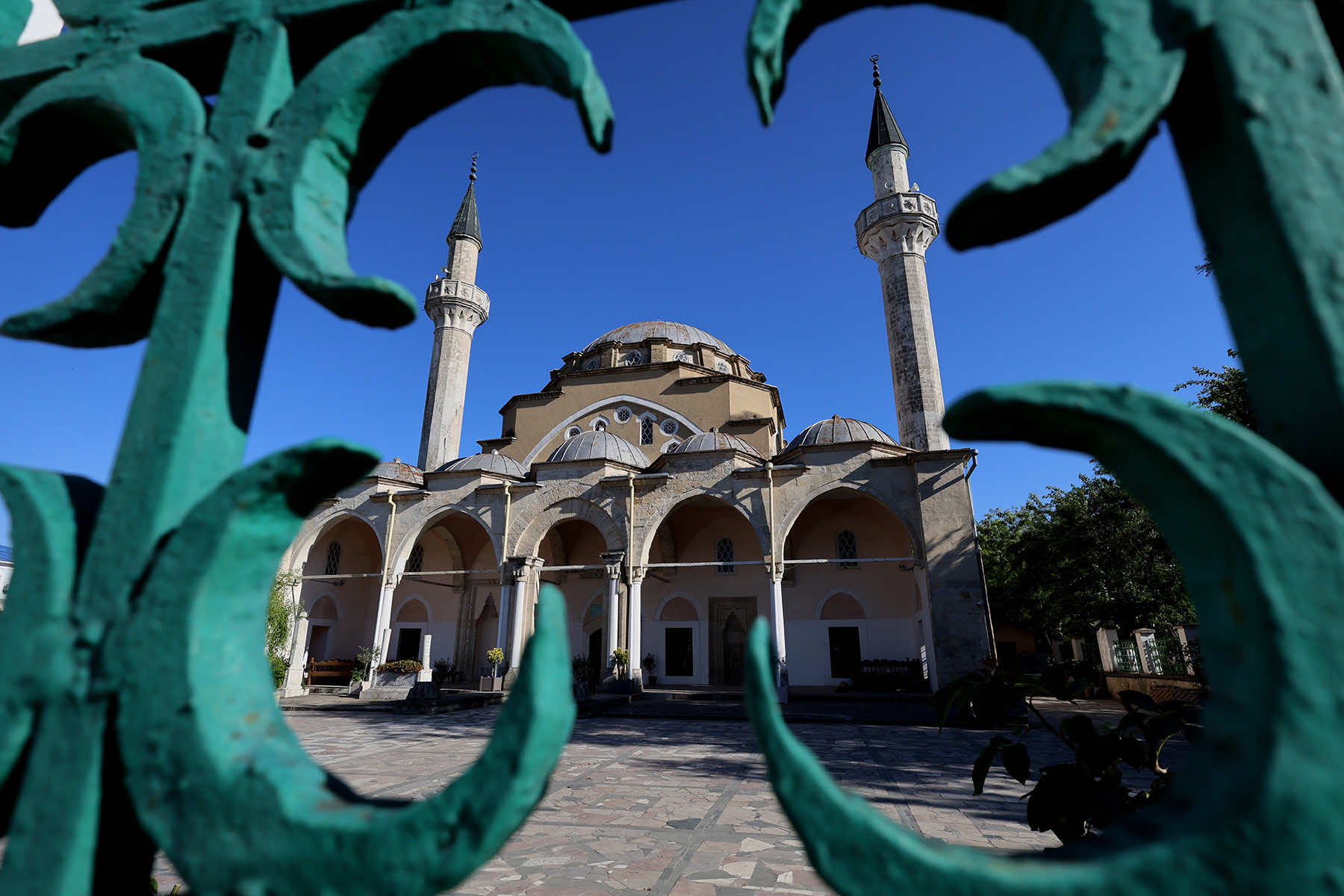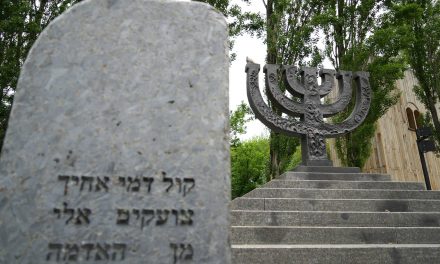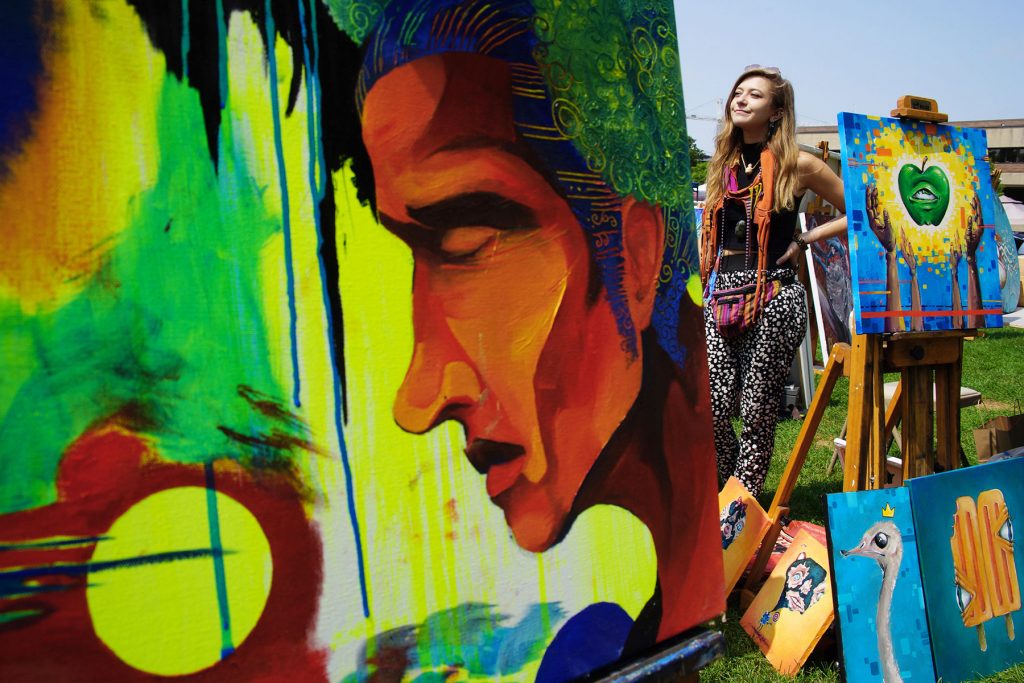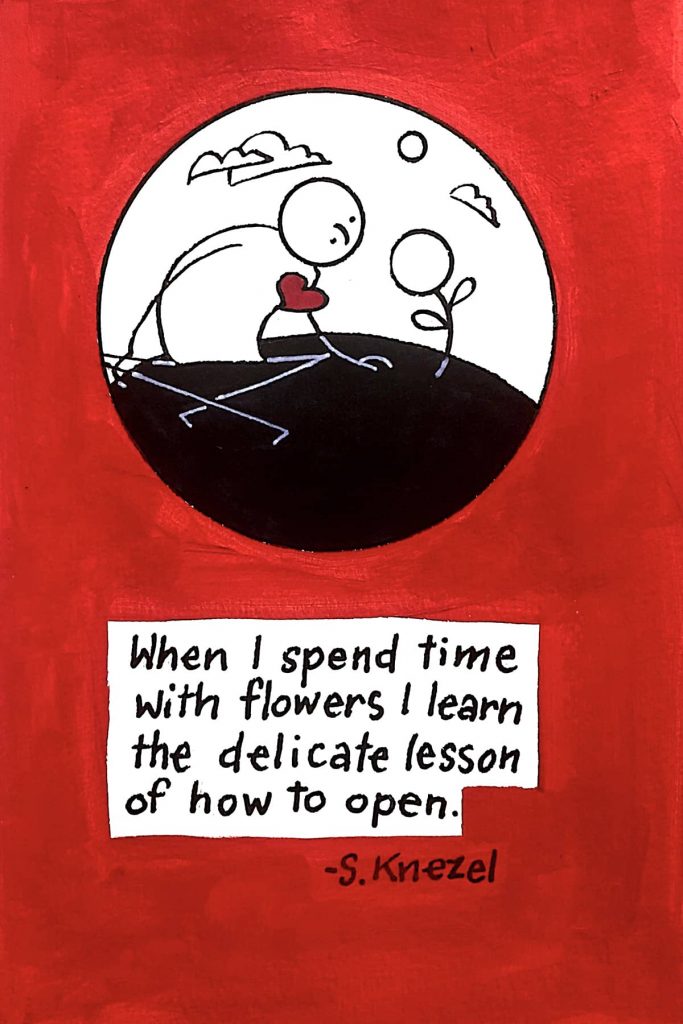
In December of 1240, the Mongol Empire unleashed hell upon the capital of Kievan Rus’. Under the command of Batu Khan, grandson of Genghis Khan, the Mongol horde breached the fortified city of Kiev after a ten-week siege.
What followed was a calculated massacre. Chroniclers of the time recorded that the Dnieper ran thick with blood, and that scarcely two thousand of the city’s once-flourishing population survived. It was a military defeat and cultural devastation, designed to obliterate the heart of a regional power.
The Mongol invasion of Kievan Rus’ was a historical wound, marking the fragmentation of Eastern Slavic civilization and paving the way for centuries of political subjugation. But for Ukraine, whose modern identity traces spiritual and cultural lineage back to Kyiv as the cradle of Slavic Orthodox Christianity and early statehood, the events of 1240 are more than ancient history.
They are echoes, reminders of a recurring pattern of domination by empires bent on dismantling Ukrainian autonomy and rewriting its legacy.
The Mongols installed a regime of tribute and intimidation that lasted for generations. Though the Rus’ principalities were allowed a degree of self-rule, any semblance of independence was conditional. Their rulers were forced to journey to the Golden Horde to receive approval for their thrones.
The political center of gravity shifted. Kyiv, once a beacon of literacy, trade, and ecclesiastical power, became a ghost of itself.
By the 15th century, a new power arose in the Crimean Peninsula. The Crimean Khanate, a Tatar state that emerged following the decline of Mongol dominance. The Crimean Tatars, descendants of Turkic-speaking nomads and remnants of the Golden Horde, were both collaborators and rivals of the empires around them.
They allied at times with the Ottoman Empire, raided Polish-Lithuanian and Russian territories, and controlled the Black Sea’s northern shores for over three hundred years. But like Kievan Rus’ before them, the Crimean Tatars would become victims of Russian imperial expansion.
In 1783, Catherine the Great annexed Crimea into the Russian Empire, ending the Khanate’s sovereignty. What followed was a steady campaign of Russification. Mosques were shuttered. Tatar elites were exiled. Russian settlers were imported to dilute and eventually dominate the peninsula’s ethnic makeup.
By the 20th century, the erasure turned genocidal. In 1944, under orders from Joseph Stalin, the entire Crimean Tatar population, more than 190,000 people, was deported to Central Asia. They were accused collectively of collaborating with Nazi Germany. Thousands perished during the forced deportations. Homes were seized. Cemeteries bulldozed. The peninsula was renamed, Tatar place names were erased, and history itself was revised. The act went beyond displacement, it was cultural annihilation.
The parallels between Stalin’s 20th-century atrocity and Vladimir Putin’s 21st-century war are not coincidental. They are deliberate continuations of a centuries-old strategy. The purpose has been to destroy culture, displace people, and rebrand land as eternally Russian.
In 2014, Russia invaded and illegally annexed Crimea, again under the false pretense of protecting Russian speakers. The peninsula was rapidly flooded with Russian military forces. Ukrainian television and radio were shut down. Crimean Tatar activists were arrested, disappeared, or silenced.
Russia banned the Mejlis, the representative body of the Crimean Tatars, labeling it an extremist organization. Schools were ordered to teach Russian curriculum. It was a calculated revival of imperial methods, conquest by forced forgetting.
Then came 2022. The full-scale invasion of Ukraine was not merely a geopolitical move. It was the next chapter in Russia’s centuries-long obsession with erasing Ukraine’s national identity.
Putin’s speeches explicitly deny the existence of Ukraine as a sovereign nation. He calls it an artificial state. His army doesn’t just destroy military targets. It targets museums, libraries, archives, churches, and Ukrainian-language schools. Mass graves of civilians are uncovered in Bucha and Mariupol. Families are kidnapped and sent to Russia. Children are abducted and “re-educated” in Russian families.
Putin’s ideological blueprint, laid out in his 2021 essay “On the Historical Unity of Russians and Ukrainians,” is the foundation for a brutal campaign that historians and legal scholars identify as genocidal.
The Russian dictator speaks of Ukraine as an extension of the Russian people. But his military actions contradict any notion of kinship. They instead reflect centuries of imperial arrogance, rooted in a belief that Ukrainian existence is a threat to Russian greatness.
Russia’s attempts to overwrite Ukraine’s past are not new. From the banning of the Ukrainian language during the Tsarist era, to the execution of poets and intellectuals during Stalin’s “Great Terror,” to the Holodomor, the man-made famine that killed millions in the 1930s. Every Russian regime that sought to dominate Ukraine followed the same formula: starve the body, crush the spirit, and then claim the corpse.
Putin is no exception. He is the heir to Genghis Khan in method. Where Mongol hordes razed cities to break their enemies’ will, Putin uses missiles, propaganda, and blackmail. Where the Soviets exiled whole peoples, Putin exiles memory itself by falsifying maps, censoring media, and declaring the nation of Ukrainian a historical mistake.
But memory is not so easily erased. Ukraine has resisted before, and it resists now. The cultural siege waged by Russia has been met with military defiance and a fierce defense of Ukrainian language, art, and history.
Even as missiles fall, local communities preserve books, digitize archives, and safeguard monuments. In frontline towns, children learn in bomb shelters. In exile, Ukrainians teach their language to new generations.
Nowhere is this struggle more vivid than in Crimea. Despite years of occupation, Crimean Tatars have not relinquished their identity. They commemorate the 1944 deportation annually, despite bans by Russian authorities. Secret schools teach Tatar language and history.
Exiled journalists and activists, such as those from the publication Crimean Solidarity, document repression from abroad and work to keep the world’s attention fixed on the silent, relentless purge of dissent.
These acts of remembrance are more than symbolic. They directly counter Putin’s strategy. Every Ukrainian word spoken in defiance, every banned book hidden and preserved, undermines the Kremlin’s narrative of inevitability. His vision of a greater Russia, stretching from the Baltic to the Black Sea, depends on silencing Ukrainian distinctiveness.
Without a unique Ukrainian identity, the logic goes, there can be no grounds for a separate Ukrainian state. It is why Russian soldiers loot museums in occupied cities. It is why Orthodox churches loyal to Kyiv are shuttered or co-opted. It is why monuments to Ukrainian writers are defaced and why libraries with Ukrainian literature are burned.
This is the updated siege of Kyiv. It is less visible than that of 1240, but just as methodical and just as ruthless. The historical thread from Batu Khan to Vladimir Putin is not just one of conquest, but of myth-making. Both sought to justify violence through grand narratives.
The Mongols came as a divine scourge, the Russians as cultural saviors. Both cloaked destruction as destiny. Yet that illusion collapses under the weight of the lived reality. Civilians executed in Irpin, cultural heritage bombed in Kharkiv, entire villages leveled in Donetsk. No doctrine of “shared history” can explain this brutality. Only imperial lust for power can.
It is no accident that Putin invokes Kyiv as the “mother of Russian cities” while his forces bomb it into darkness. The Kremlin’s obsession with the symbolic past of “Kiev” is entirely self-serving. It is an effort to hijack Ukrainian heritage and pass it off as Russian ancestry.
But Putin’s claim is as illegitimate as his presence in Crimea. Modern Ukraine is not a fragment of Russia. It is a nation with a language, a church, a literature, and a worldview. The nation and the people have survived Mongol devastation, imperial censorship, Soviet repression, and Russian invasions.
International legal bodies have taken notice. The International Criminal Court issued a warrant for Putin’s arrest over the unlawful deportation of Ukrainian children. Human rights organizations are collecting evidence of war crimes and cultural genocide. But accountability is still distant, and Ukraine fights largely alone for the right to exist.
The war is not only about borders. It is a war for memory, for self-definition, for the survival of a people whose history has been under assault for nearly 800 years. Putin may wrap himself in the banners of Slavic brotherhood, but his actions place him squarely among the tyrants who came to destroy Ukraine, not to unite it.
To understand this war is to understand the long arc of Ukrainian resistance. From the charred gates of 13th-century Kyiv, to the banned languages of imperial rule, to the deportation trains bound for Central Asia, to the streets of Mariupol turned into graveyards.
At each moment, the goal was not merely conquest, but erasure. And yet, Ukraine endures. It endures because its people refuse to be rewritten. It endures because truth survives in memory. And it endures because, despite centuries of foreign attempts to reduce it to a “Little Russia,” Ukraine has never stopped being a nation.
History is not on Putin’s side. It never was. And if the past is any guide, neither is the future.
Alexey Pavlishak, with Denis Kudlay (via Shutterstock)
Most images were taken in 2019 around the City of Bakhchisaray and the City of Simferopol in Crimea, Ukraine.

